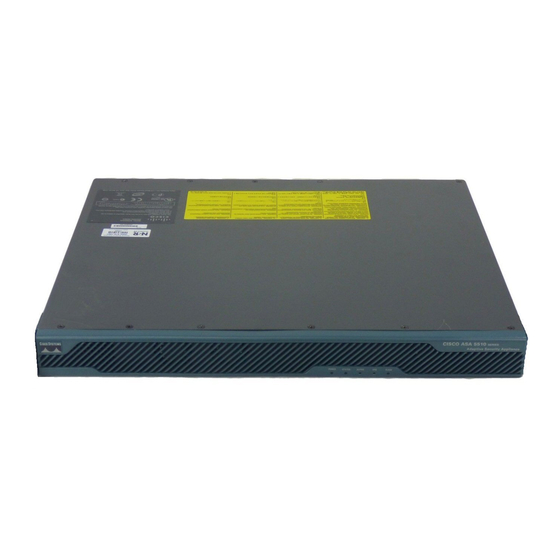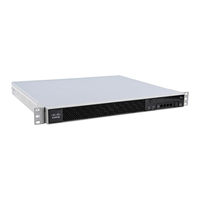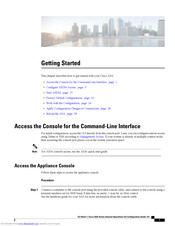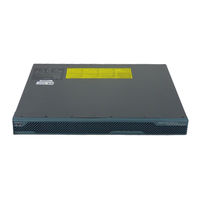
Cisco Cisco ASA Series Manuals
Manuals and User Guides for Cisco Cisco ASA Series. We have 6 Cisco Cisco ASA Series manuals available for free PDF download: Cli Configuration Manual, Configuration Manual, Getting Started, Mount And Connect
Cisco Cisco ASA Series Cli Configuration Manual (2164 pages)
Software Version 9.0 for the Services Module
Brand: Cisco
|
Category: Network Hardware
|
Size: 27.51 MB
Table of Contents
Advertisement
Cisco Cisco ASA Series Configuration Manual (429 pages)
Firewall CLI, ASA Services Module, and the Adaptive Security Virtual Appliance
Brand: Cisco
|
Category: Network Hardware
|
Size: 5.93 MB
Table of Contents
Advertisement





